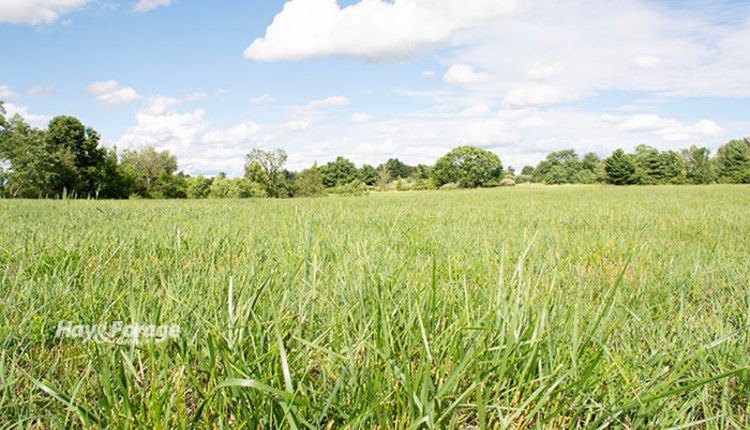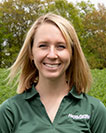
Forage stands can tell a story about previous pasture management. Although the story may start at the beginning of the growing season, strategic grazing and timely harvests throughout the summer can determine if it will have a happy ending.
Chris Penrose, professor and extension educator with The Ohio State University, explains that most perennial species enter reproductive stages and set seed in late April to early May. This transition requires energy to be drawn up from plant roots to seedheads. Then, as forages revert back to vegetative growth, the photosynthates produced in plant leaves are directed back down to roots for storage.
“As we move through summer, this will help build up root reserves to help the plants survive the winter,” Penrose says.
Now is the time to map out harvest schedules and grazing plans to keep plants growing vegetatively. Remove seedheads, harvest forage for hay, and stockpile summer growth to enhance forage quality and yield later this year.
Remove seedheads. This will stimulate new leaf development and provide more energy for storage. Seedheads can be removed by grazing livestock or clipping pastures, but the latter method can impact future grazing behavior.
Animals tend to not graze forage lower than it was clipped in the past; however, Penrose notes this can be advantageous to manage future plant production. Since different species have different thresholds for grazing height based on their growth pattern, clipping plants at similar heights will discourage overgrazing. For example, Kentucky bluegrass can be grazed lower, and therefore clipped lower, whereas orchardgrass must be grazed and clipped higher.
With that said, raising the clipping height across the board will ensure more leaf area is available to shade the soil and reduce evaporation. The added ground cover will also improve infiltration and combat water run-off in the case of heavy summer showers.
Harvest forage for hay. If clipping seedheads isn’t enough to maintain fast-growing forage, Penrose recommends harvesting it for hay. This can especially come in handy when pasture growth slows during the summer slump.
“If growth slows down too much, we are better to put cattle in a sacrifice lot and feed stored forages than to let them graze all the paddocks down,” Penrose says. Removing animals from a field before they have a chance to overgraze plants will safeguard root growth, which can cease after approximately 50% of leaf area is removed.
Stockpile summer growth. “It’s never too early to consider which fields could be stockpiled for fall and winter grazing,” Penrose asserts. “After our first cutting of hay, we should have a good idea of what our winter feed needs will be.”
Stockpiling sooner rather than later can ensure a greater quantity of forage. On the other hand, delaying the stockpiling start date may boost forage quality. Either way, Penrose suggests applying 50 pounds of nitrogen per acre of stockpiled forage to benefit yields and crude protein content.
“As spring progresses, there are several things we can do to influence the quality and quantity of our pasture fields for the rest of the season,” Penrose concludes. “We simply need to evaluate our needs, plan accordingly, keep looking down the road to get a sense of what is coming, and take action.”

Amber Friedrichsen served as the 2021 and 2022 Hay & Forage Grower summer editorial intern. She currently attends Iowa State University where she is majoring in agricultural communications and agronomy.

